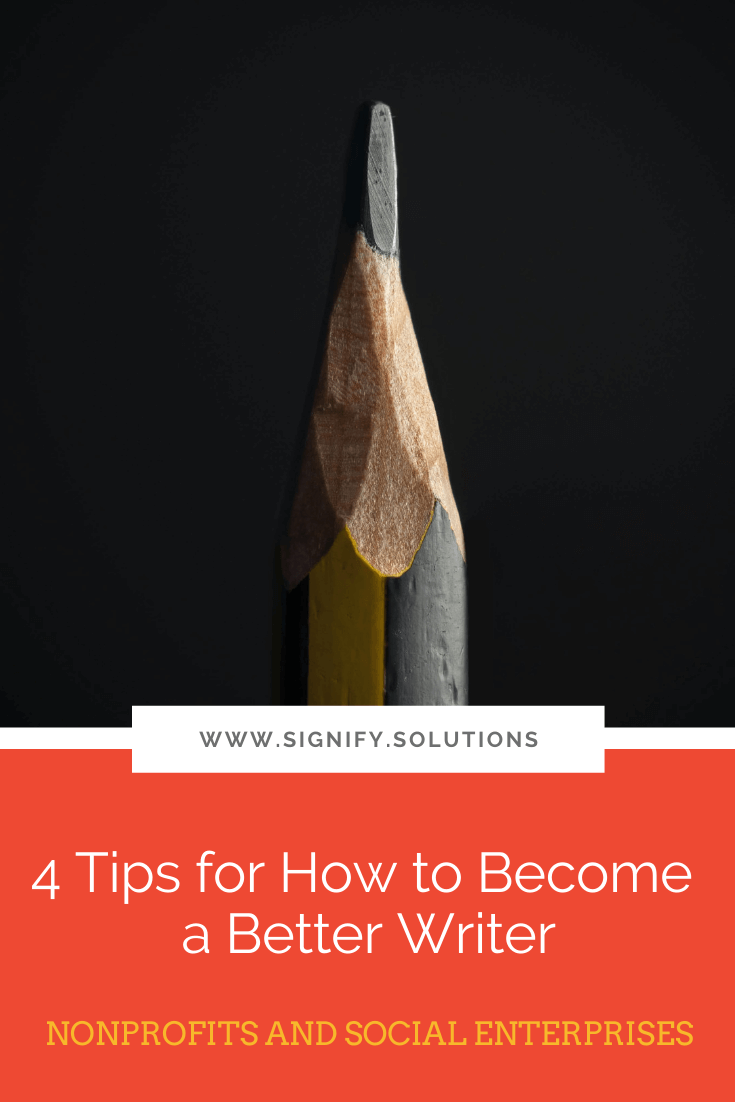Head’s up: GivingTuesday is just weeks away! Isn’t it funny how the holiday season happens at the same time each year, yet it always seems to sneak up on us?
Consider this your warning: It’s all going down on Tuesday, December 1st.
Around since 2012, GivingTuesday is a national day of philanthropy for nonprofits far and wide, large and small, and for every cause under the sun. It follows Black Friday, Small Business Saturday, Shop for Good Sunday, and Cyber Monday.
Yep. People will shop . . . drop . . . and then give back. (Even in 2020!)
Every year, more and more nonprofits are joining the fun. Yes, it can be a little intimidating for first-timers, but it can also payoff big time (if it’s done right). In fact, in 2019, over $500 million dollars were raised!
If you’re still on the fence, need some advice, want a marketing toolkit, or need to see some examples, I’ve got you covered. Keep reading to make your #GivingTuesday dreams come true!
If you only choose to look at one website, be sure it’s the official Giving Tuesday website. There you’ll find out how to participate, a toolkit and other resources, statistics, and stories of impact.
GivingTuesday: Should You Participate or Not?
Pursuant laid out a short list of the pros and cons of #GivingTuesday participation for your nonprofit.
Nonprofit Expert gives you five reasons to participate, including the fact that it helps you build trust.
Need a specific reason to say yes or no? CauseVox will give you four scenarios to consider.
While they may be a little biased, GivingTuesday can help persuade you, and also remind you that each year’s campaign doesn’t have to be completely new and fresh.
Funraise presents some pretty compelling reasons to jump in with both feet, especially during the chaos of 2020.
Red Start Creative shares their perspective, and #1 alone is worth the read.
#GivingTuesday Best Practices and Advice
Nonprofit Hub has a terrific article about prioritizing relationships over tactics when it comes to your nonprofit’s fundraising efforts.
GivingTuesdaySpark will help you inspire young people ages 6-21 to take action for your cause.
One Cause has seven best practices that you should pay attention to. I particularly like #2.
“Thank Your Donors” is just one tip that The Modern Nonprofit gives you. It’s a simple one, but should never be overlooked!
The Chronicle of Philanthropy has compiled all their best articles and advice for you. I recommend taking a look at 6 Things Data Tells Us About Giving Tuesday.
Have you jumped on the video bandwagon yet? If not, Wild Apricot may just convince you to press record.
Are you a little technologically challenged? Soapbox Engage will guide you through some of the finer points.
Keela has three tips to help you make the most of your #GivingTuesday campaign, and you should definitely take a gander at #2.
Resources and Toolkits for #GivingTuesday Campaign Success
My friends at Funraise have put together a super helpful GivingTuesday Toolkit, including a step-by-step calendar and pre-written emails and social media posts.
CauseVox has outlined a simple campaign timeline, and it’s a great place to start for some general guidance.
While not exciting to look at, what I like about the Smithsonian’s toolkit is that it has options for starter, experienced, and advanced campaigns, as well as examples.
Download Qgiv’s Ultimate #GivingTuesday Guide for messaging templates, promotion templates, and even a post card for your donors.
Blackbaud has their own toolkit for you, and includes some items you won’t see from others such as webinars and podcasts.
Wordpress’ nonprofit resource, GiveWP, created a whole workbook that you can download. It’ll walk you through campaign ideas, public relations and corporate partner options, and email templates.
Be sure to check out your own state’s #GivingTuesday resources. Here in Georgia, we have GAgives.
Kindful has curated a very comprehensive list of resources, and you’ll find ideas, examples, communications and marketing advice, and virtual fundraising suggestions.
Want someone to walk you through a GivingTuesday strategy? Give Lively has you covered with an on demand webinar.
Classy has a full resource center for you with a planning checklist, email templates, a webinar series, example campaigns, and more.
The Whole Whale is priming you with 31 ideas for the big day, and you probably haven’t thought of some of these!
Examples for Your GivingTuesday Campaign
You know storytelling is important in fundraising, and GoFundMe gives you five examples to learn from.
Snowball Fundraising will show you nine of their favorite campaigns, and a template for your donation page.
Campaign Monitor gives you four email examples to scrutinize—one for each prominent email of your campaign.
Neon One is giving you a peak behind the curtains with four of their clients, and highlights examples for nonprofits both large and small.
Donorbox explains the fundraising process in 10 steps . . . and gives you an example to go with each one.
PIN THIS POST FOR LATER:
I’m Kristi Porter, and I help cause-focused organizations understand and execute effective marketing campaigns so they can move from stressed to strategic. Your resources may be limited, but your potential isn’t. Whether you’re a nonprofit, social enterprise, or small business who wants to give back, I’ll show you how to have a bigger impact.











































